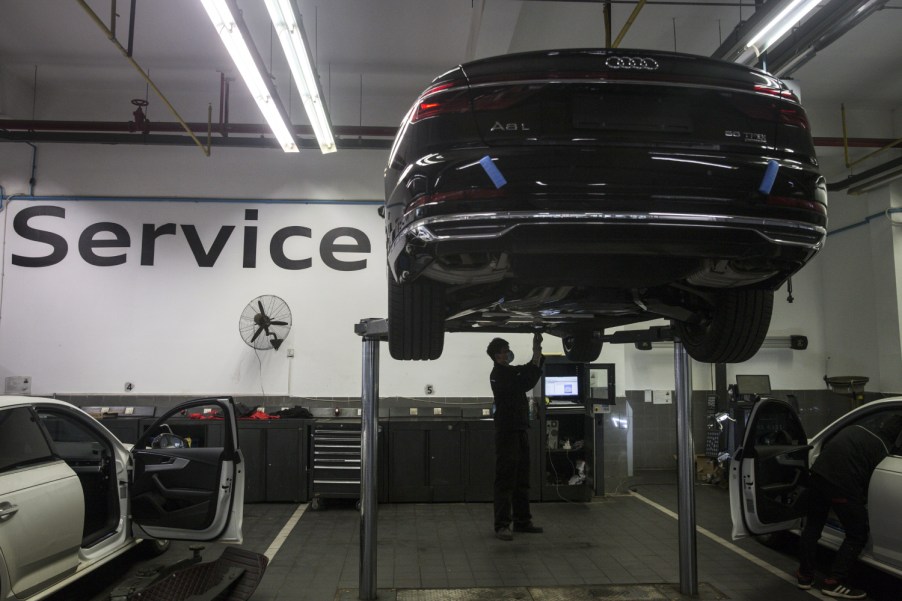
Is Getting a Pre-Purchase Inspection Before Buying a Car Worth it?
Whether it’s new or used, buying a car is an emotional decision. However, if you purchase a used car, then the good emotions and excitement that you initially feel can be overcome with negative ones if it turns out that the car needs repairs. In order to make sure that the car you’re buying is in good shape, and to keep your spirits high, it’s recommended that you have a pre-purchase inspection done. But is it really worth the money and trouble?
What is a pre-purchase inspection?
A pre-purchase inspection (PPI) is a detailed assessment conducted by a qualified mechanic in order to determine a vehicle’s condition before it’s purchased, according to JD Power. The overall intent of having a pre-purchase inspection done when you buy a used car is to have a third party look at the car in order to get another opinion on any services or repairs that the car might need.
Just about every used car dealership and franchise dealer have inspections done on their used cars whenever they get them. However, dealerships will typically do the bare minimum in order to save money and get the car prepped to sell legally. Due to this practice, it’s typically a good idea to have a pre-purchase inspection done whenever you buy a used car, whether it’s from a dealership or a private party.

How much does a pre-purchase inspection cost?
A pre-purchase inspection typically costs anywhere from $100 to $200, depending on where you bring the car to. You can have a PPI done at an independent auto shop or a dealership, just be sure to call ahead and make an appointment to set up the inspection. Also, the buyer is responsible for the cost of the inspection.

What does the PPI cover?
There isn’t an industry-standard procedure when it comes to pre-purchase inspections and every shop could have a different process. However, the following areas of the car are typically checked:
- Tires
- Frame
- Suspension
- Glass
- Lights
- Brakes
- Radiator
- Belts
- Hoses
- Fluids
- Battery
- Body Condition
- Exterior Surfaces
In addition to checking these areas of the car, the mechanic will typically take the car on a test drive to ensure that it’s running properly and see if there are any other obvious issues. The inspection itself could take an hour or so, but it could be longer.
When should a PPI be done?
If the car is not a certified pre-owned unit, then it’s typically recommended to have a PPI done. Certified pre-owned cars usually go through a more rigorous inspection process that is mandated by the manufacturer, so they tend to have fewer (if any) underlying issues.
But if you’re buying a used car from a private dealer, private party, or from a franchise dealer and it doesn’t come with a warranty, then your best bet is to have a pre-purchase inspection done. While it might cost you $100 or even $200 to get it done, a pre-purchase inspection can save you thousands of dollars in the long run if any issues were to go unnoticed. In that sense, a PPI is worth every penny.



